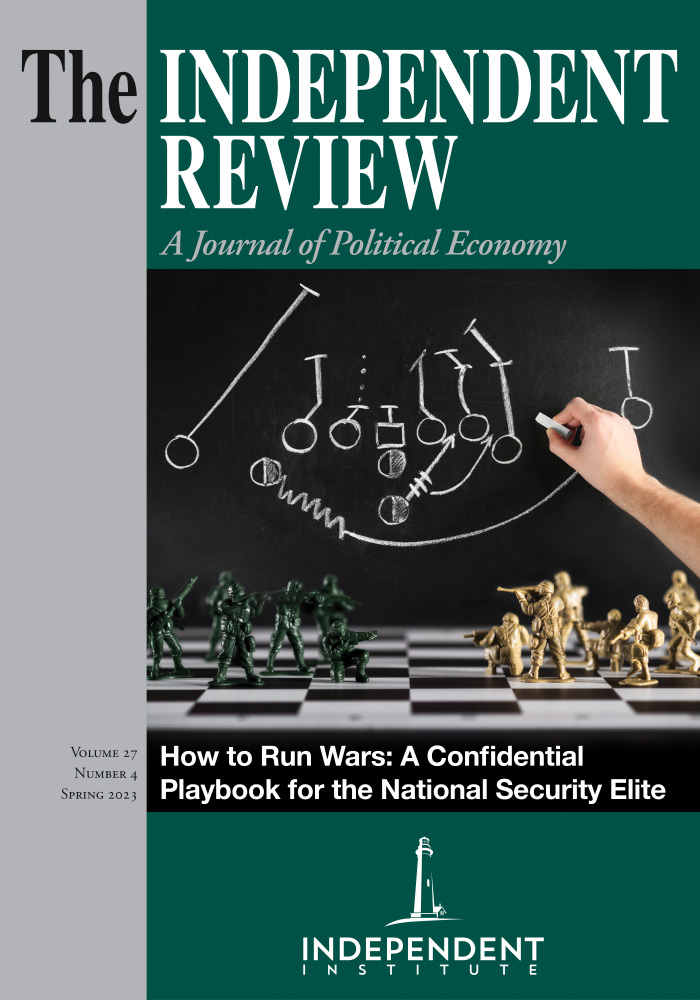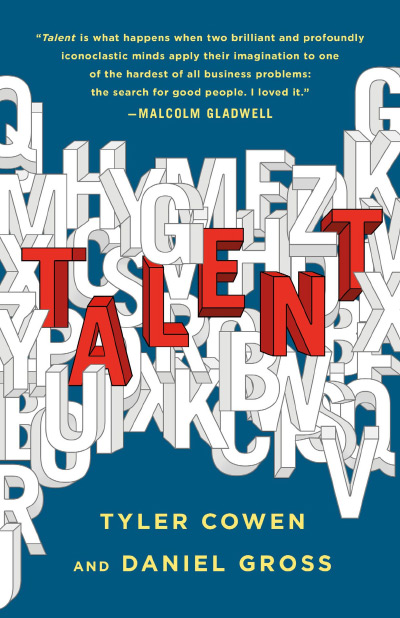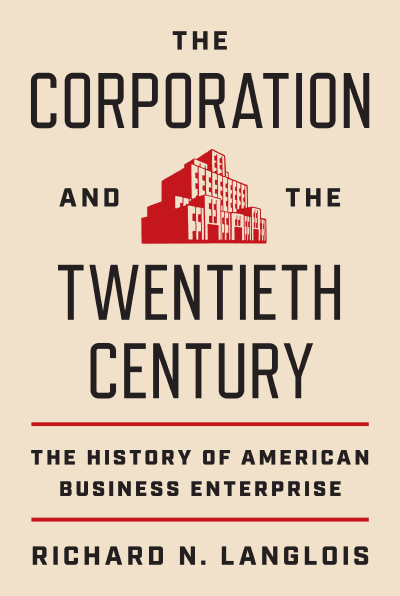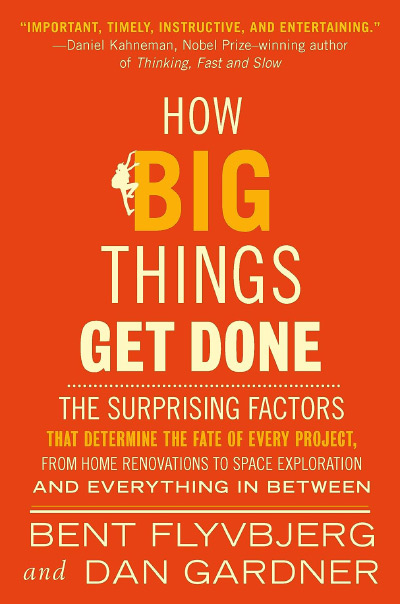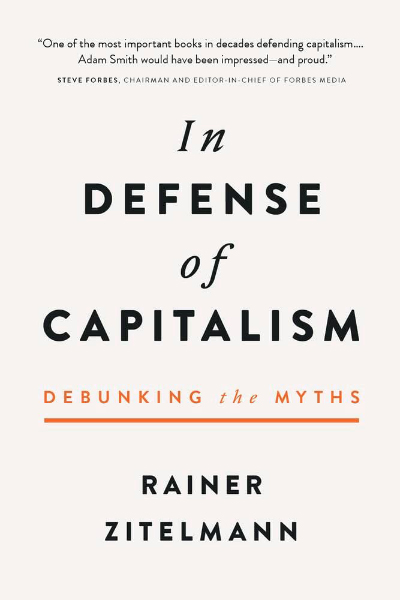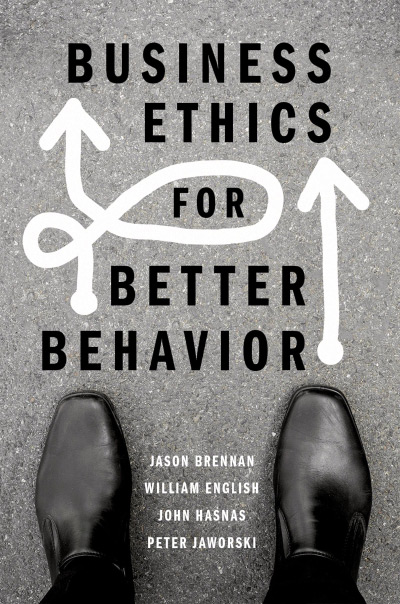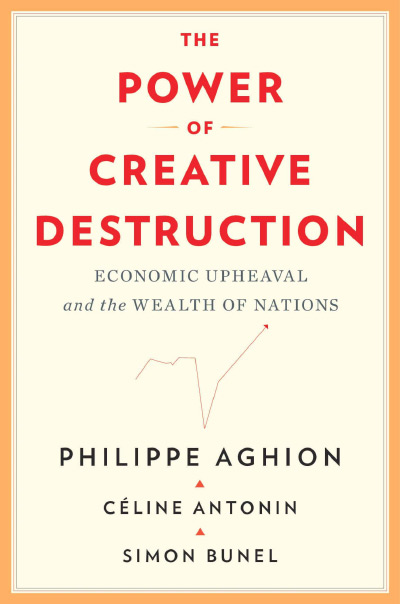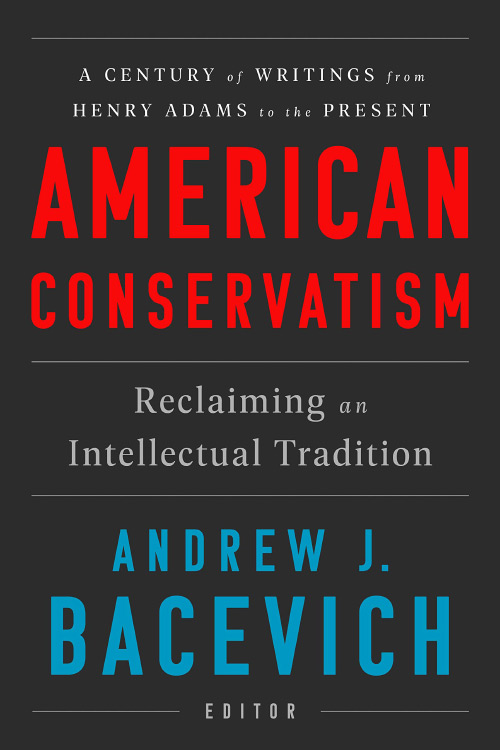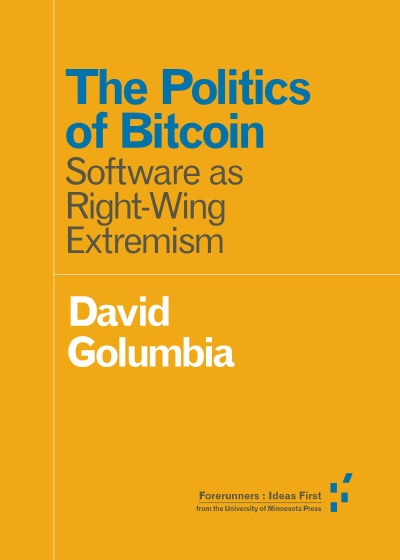In Talent: How to Identify Energizers, Creatives, and Winners around the World, Tyler Cowen and Daniel Gross tackle a central question: in a crowded market how do you identify uncultivated potential in others?
The book acknowledges a familiar challenge for anyone who endeavors to build a business, to recruit others to a cause, or to measure individual aptitudes. As Cowen and Gross reiterate, talent identification is as much art as science. The authors cite mental models from their own experiences, as well as observed methods from individuals who have achieved remarkable success through their ability to identify and develop the talents of others.
The authors reflect on their own experiences attempting to model reliable frameworks for assessing and predicting both talent and potential. They provide resources, examples, and case studies for helping the uninitiated to observe markers of talent, to ask more useful interview questions, and to more accurately quantify talent contextually.
Cowen approaches the subject with a background enriched by his understanding of economics, as well as his experience vetting students and employees in higher education. Gross brings organic insights from his experience as an entrepreneur, investor, and pioneer in talent development. These blended perspectives offer a unique marriage of both science and craft. On one hand, science offers many useful and practical tools for categorizing traits that correlate with talent, while also butting up against legitimate limitations. Similarly, the authors reveal that beyond science exists a careful and important craft for more predictably identifying unpronounced talent.
Identifying talent predictably poses many challenges. Cowen and Gross suggest that today’s perceived competence hierarchies somewhat conflate our understanding of what talent looks like and what markers are useful for identifying talent—before it has been developed. For example, the authors reference a common conflation between success along academic dimensions and talent potential. In other words, not all students with remarkable education credentials necessarily have what it takes to succeed outside the walls of academia. That’s not to say the authors suggest there are not talented individuals in academia. Instead, they propose that in order to become effective at identifying talent, we must look beyond traditional markers like credentials to develop a more robust framework for identifying talent.
The authors pose another question to readers—Is talent scarce or undiscovered? As they investigate this inquiry, the authors reveal the stunning limitations of current popular models for identifying talent. They imply many frameworks for talent seem to be contingent upon visible signs of success, and thereby mistake achievement for talent. For instance, the authors discuss studies that explore the relationship between IQ and lifetime earning potential. While several referenced studies reveal an apparent correlation between IQ and earnings in the top percentile of intelligence, the same correlation breaks down when applied across all quartiles of IQ. As they explain, IQ offers but one marker of potential. In order to become more effective at identifying talent requires a more robust profile. The authors also explore the prevalence of The Big Five Personality Traits as markers of talent.
For all the book’s merits, though, the authors also go to unnecessary lengths to insert themselves into the narrative. The book is littered with asides and personal anecdotes which seem as if they’re intended to ensure the reader does not doubt the authors’ credibility. While it can often be a useful tactic for providing additional color or context, in this instance, it distracts from the core content and leaves an impression that the authors are trying to convince themselves of the merit of their own ideas as much as they are the reader. Cowen and Gross have both achieved noteworthy success and acclaim in their own professional arenas; however, I found this approach created a legitimate and unnecessary barrier to deeper engagement with the ideas.
All in all, Talent includes useful insights which are particularly relevant to anyone who is new in a managerial capacity and hoping to improve his or her ability to assess talent and potential in potential hires. The book also offers a complete set of interview questions to elicit better responses from candidates. It also offers different frameworks for thinking about talent contextually, rather than generally—prompting an open discussion for anyone responsible for recruiting about the potential for different skill sets and diverse personality types to thrive across different job functions than what might traditionally be expected.

